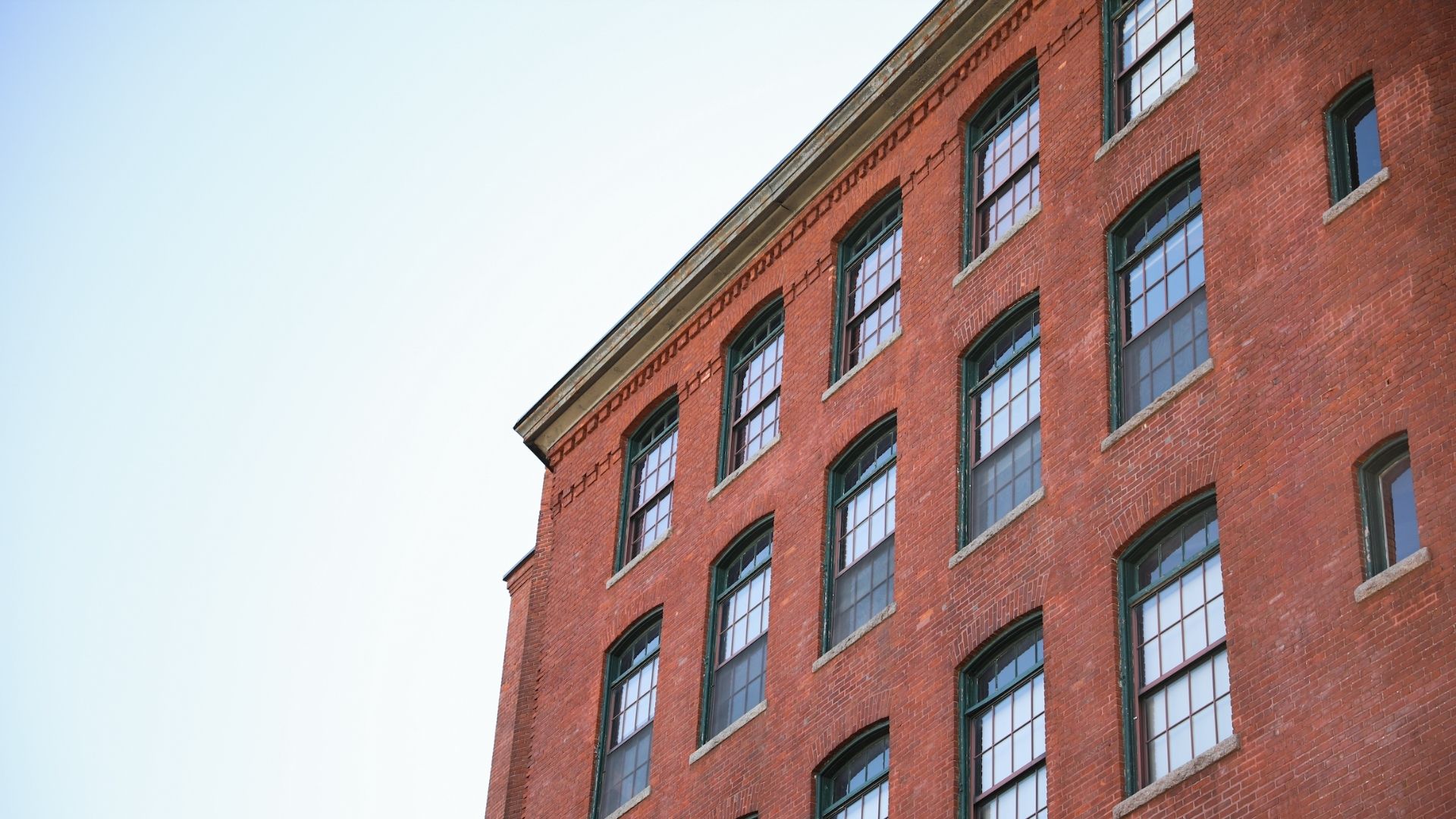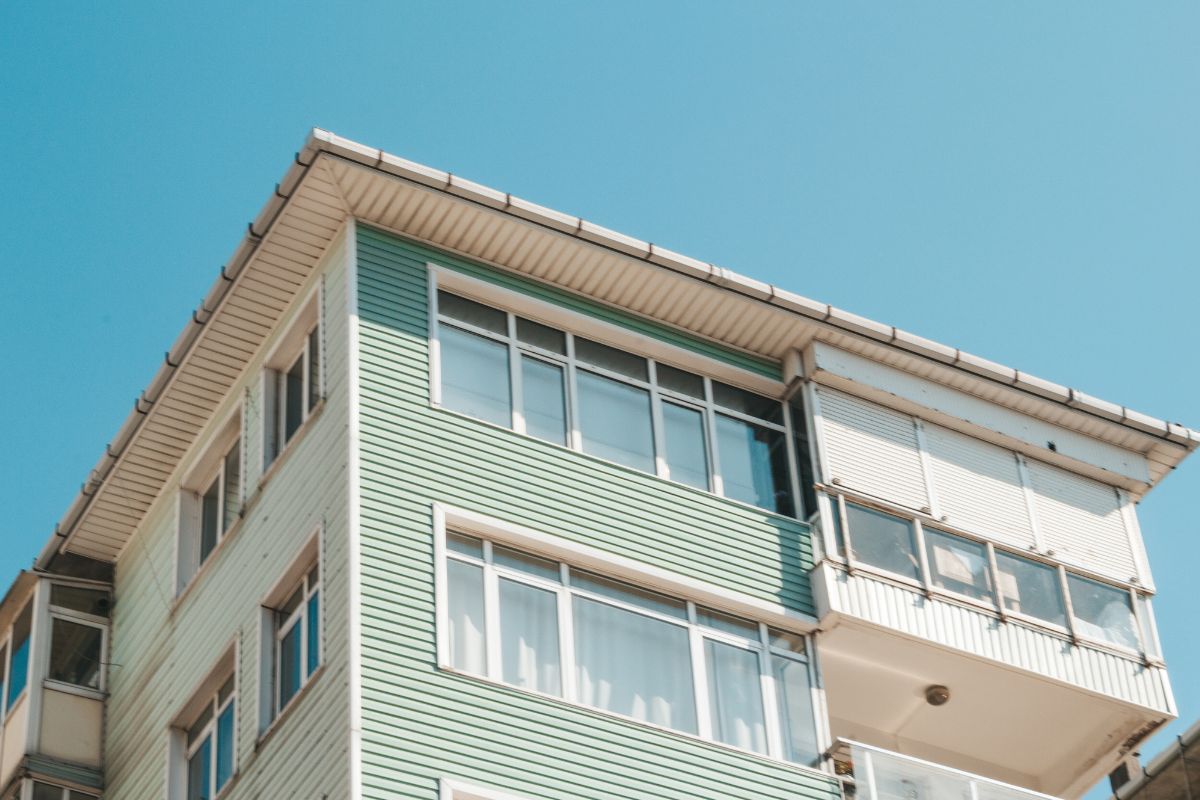Ever since the Founding Fathers signed the Declaration of Independence, property ownership has become fundamental to the American Dream. First, it was immigrants moving west to claim their own little piece of America. Today, most would consider owning one’s own home or business to be a modern form of the American Dream. But there are indications that this is changing, and that for the majority of Americans, home ownership may soon be unfeasible. More Americans are renting, rather than owning, their homes than ever before, and not all by choice, but for some, this may be less of a tragedy than an opportunity.
Most Americans are also poorer on average than they were in the 20th century and are continuing to lose wealth. Though wages have also increased over the years, real wages – that is, wages adjusted for inflation – have remained stagnant since the 1970s. The decades since then have also seen a massive transfer of wealth to the richest Americans, meaning there’s less to go to average people who might have been able to afford homes.
Housing prices have been going up for decades, with gradual inflation being the key factor. The pandemic caused a spike in housing prices, especially in markets such as Florida and Texas, although there are indications that this trend is starting to cool off. In terms of real estate wealth, much of it remains in the hands of Baby Boomers, who are living longer and refusing to pass on their homes to their children, preferring to “age in place.” Most worryingly, Wall Street investment firms have begun buying up single family homes in massive quantities in order to rent them out.
In short, it’s becoming harder and harder for regular people to achieve the American Dream, but for some, this is the right time to take action. Plenty of trends are suggesting that younger people may actually prefer to rent, and this is where multifamily real estate investors can take heed. Many millennials and members of generation Z have expressed preferences toward walkable, urban communities, eschewing the car-centric suburban sprawl favored by boomers. These types of environments are dominated by rentals. Still, for those who want to eventually move into their own home, the situation is challenging. If these trends continue, we may see many Americans locked out of the most common form of investment, renting with no control over their own homes. But that’s a worst-case scenario.
In any case, more and more Americans are renting and that’s not going to change anytime soon. That means multifamily real estate will be an even more prudent investment, especially as local governments adjust to this new reality. As many cities face a housing crisis due to declining stock, some are reevaluating their relationship with single-family residential zoning, paving the way towards more multifamily dwellings to be built or converted. Mixed-use neighborhoods may become more common across the country.
So how does an investor react? Just keep going. Know the areas you’re investing in and how they’re changing and responding to these trends. Know that while the market can change rapidly, in the long run you’ll be fine with common sense on your side. And know that wherever you go, whatever your strategy might be, A&S is ready to help you achieve your goals.







